See UK wildlife free
You don’t need to fork out a fortune on a safari to see wild amimals or even pay to see them in the UK. From dolphins to wild deer, we’ve found 10 beautiful spots around the UK where you can see native wildlife for free
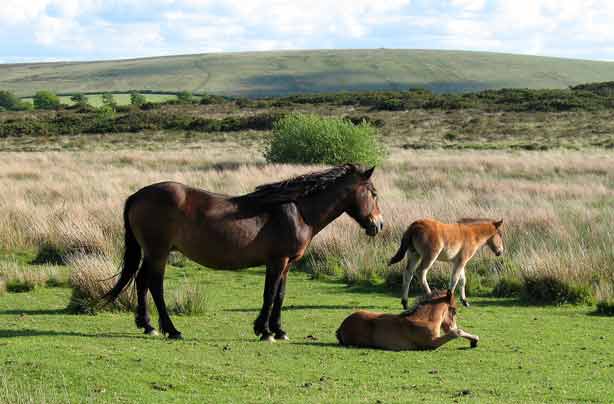
You don’t need to fork out a fortune on a safari to see wild amimals or even pay to see them in the UK. From dolphins to wild deer, we’ve found 10 beautiful spots around the UK where you can see native wildlife for free
You don’t need to fork out a fortune on a safari to see wild animals or even pay to see them to see them in the UK. From dolphins and seals to stags and wild deer, we’ve found 10 beautiful spots around the UK where you can see native wildlife - for free.
Pictured: Guillemots in Pembrokeshire
Feature by Meera Dattani
Wild ponies, Exmoor
Where: Located in southwest England straddling west Somerset and north Devon, Exmoor is known for its moorland, famous national park and lovely coastline.
What’s there: Take a picnic to one of the well-placed sites such as Winsford Hill, Landacre Bridge and Porlock Hill, and you're almost guaranteed to see some wild ponies. You'll also get great views over the moors and coastline. Alternatively, you can visit the free Exmoor Pony Centre which offers a chance to get up close to the moor–bred ponies and find out more about them. There are extra charges if you want to ride.
Open: The Exmoor Pony Centre is open daily from 10am to 5pm. Picnic sites are open at all times.
More info:
GoodtoKnow Newsletter
Parenting advice, hot topics, best buys and family finance tips delivered straight to your inbox.
Sealife of Pembrokeshire, Wales
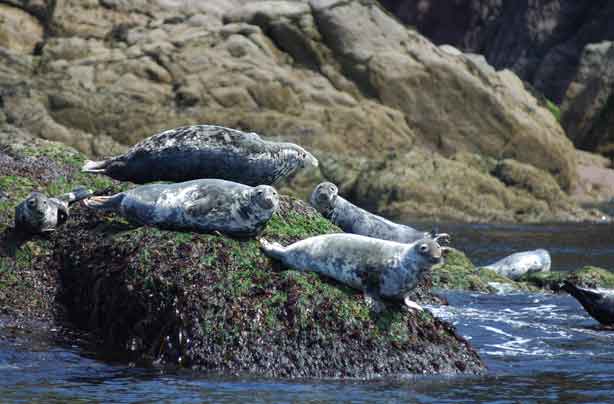
Where: On the Welsh coast, Pembrokeshire is a wildlife haven. Its north coast is one of the best places to spot seals from the mainland, along with a variety of birdlife.
What’s there: Sea birds and grey seals, wild dolphins, porpoises and even whales are on the menu. In fact, about one third of the world's population of grey seals live on the Pembrokeshire coast and if you’re there between September and November, you may even see them giving birth to pups on secluded beaches. For bottlenose dolphins and porpoises, Cardigan Bay is a good choice, especially the patch between St Davids Head and Poppit Sands from April to October. During the summer, you might even see hundreds or, if you’re lucky, thousands, of common dolphins in the water.
More info:
Martindale Deer Forest, Cumbria
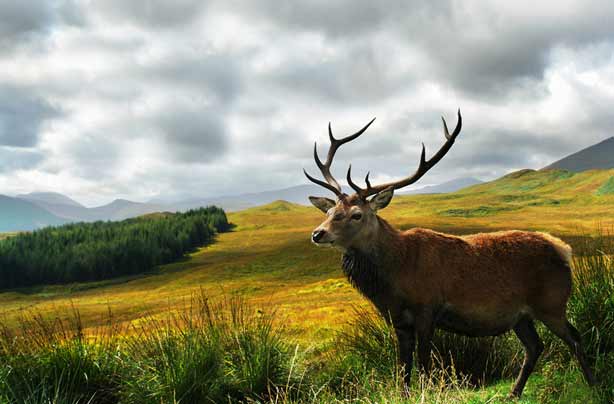
Where: The Lake District region in Cumbria is already well known for its pretty scenery, but the valleys on the eastern shores of Ullswater Lake are a prime wildlife spot, especially The Nab, with its 2 flanking valleys Rampsgill and Bannerdale.
What’s there: For over 300 years, herds of England's only pure-blood wild red deer have been roaming the Martindale Estate between Ullswater and Haweswater in the Lake District. These deer are the largest land mammals in the UK and despite their name, they start off a grey-brown colour before turning reddish-brown in the summer. The best times to see them are during the breeding season in September and October or from mid-May to July when the females give birth.
More info:
National Forest, The Midlands
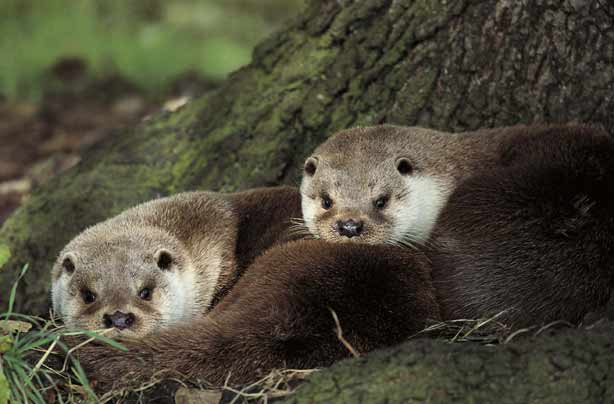
Where: The National Forest occupies 200 square miles of countryside in Leicestershire, Derbyshire and Staffordshire, with over 400 woodlands, most of which are free to walk in.
What’s there: Native wildlife thrives in these woods from birds such as kestrels and buzzards to woodpeckers and water birds as well as otters and foxes. Get the kids to keep their eyes peeled for skylarks and even hares as they scamper around the forests. The summer months are the best time to see reptiles, although the common lizards and grass snakes are hard to spot. In the spring months, amphibians like frogs and newts congregate in ponds to mate and lay eggs. Deer and other small mammals can also be seen. There are cycle trails too.
Open: The different sites have their own visitor centres and opening hours. It’s best to visit the website for details.
More info:
Red squirrels of Formby
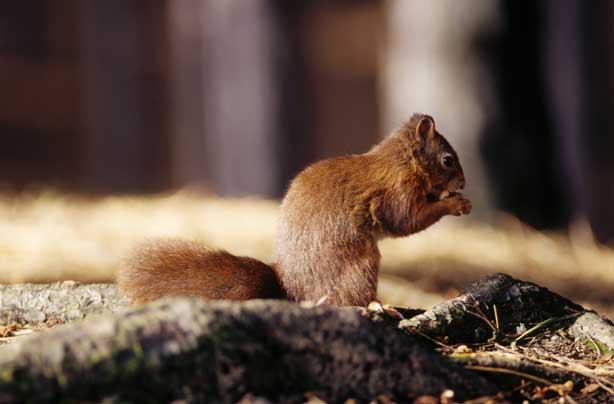
Where: Close to Liverpool, the sand dunes, pinewoods and beach of Formby in Merseyside are perfect for family days out with easy walks and picnics in the dunes.
What’s there: The famous red squirrels (once under threat but now fighting back) are rarely spotted, but in these pine woods, they’re a common sight. The 2-mile Formby Red Squirrel Walk through the pinewoods is the best way to hunt for these cute creatures and a great way to keep kids occupied. Spending most of their time in the treetops, the best time to see them is early morning – look for fallen pine cones. Also close by is the new Sefton Coastal Footpath and you can pick up an audio guide from the entrance.
Open: From dawn to dusk. The entrance kiosk, car parks and toilets are accessible from 9am-5.30pm but check the website for updated times. There is a parking charge but no other entrance fees.
More info:
Safaris on the Isle of Wight
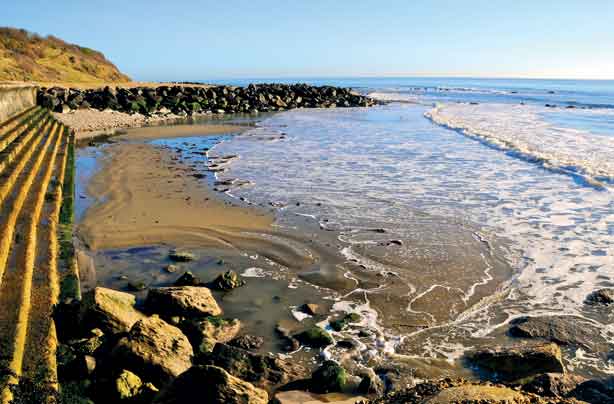
Where: The Isle of Wight is packed with beaches and wildlife and with numerous ferry routes, it's very easy to reach.
What’s there: There’s a lot of wildlife on the island and Wightlink, one of the leading ferry operators, has compiled a list of 8 adventure walks/safaris around the Isle of Wight. The Wildlife Safari takes place around the 44-acre nature reserve of Alverstone Mead near Sandown where red squirrels, barn owls, kingfishers, water voles, dragonflies, bats and dormice roam the land. If birds are more your thing, the remote Newtown Estuary is a prime spot for migratory birds and rare bird species. The free guide also has ideas for pub and lunch stops to help you plan your day, just download one or request a hard copy from the website link below.
More info:
Red deer and stags, Scotland
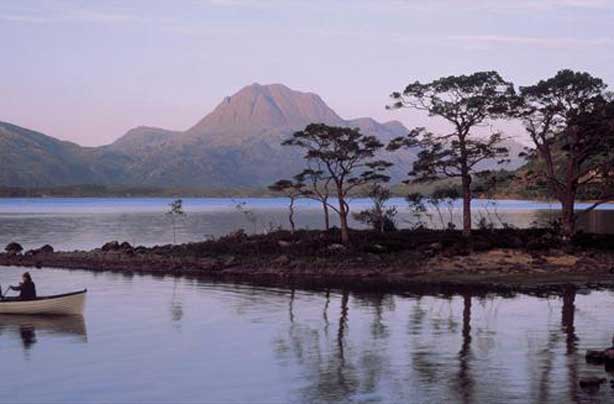
Where: Beinn Eighe is Britain's oldest National Nature Reserve and located in 48 square kilometres of loch and mountain landscape, at the southeast end of Loch Maree near the village of Kinlochewe. Inverness is the closest main town.
What’s there: In these Highland glens, the main attraction are the red deer calving in the summer and the red deer stags ready to breed in autumn – you can hear their roars across the hillside. In late summer, you can also see stags shed their velvet as the growth of new antlers is complete. Other wildlife highlights include golden eagles in the spring as they guard their eggs and the colourful dragonflies in the summer. The easy woodland walks are great for families.
Open: You can explore Beinn Eighe any time, but the visitor centre just outside the village of Kinlochewe is open from Easter to October. The 3 trails which begin here are open all year and another path links the visitor centre to Kinlochewe.
More info:
Scotland’s National Nature Reserves
Sealife at Land’s End, Cornwall
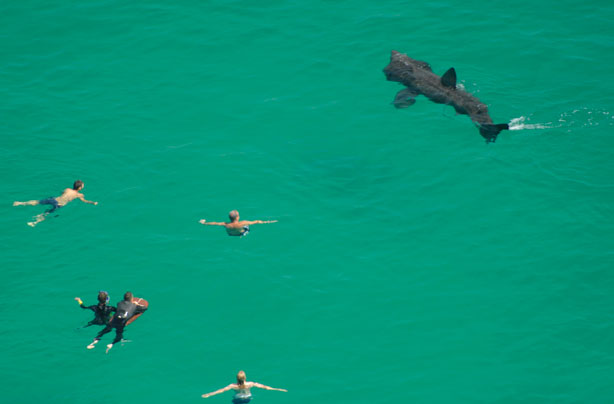
Where: Land’s End in Cornwall is one of the UK’s most famous landmarks and the most westerly point in mainland Britain. Overlooking the Atlantic Ocean, its peninsular location means it has its own microclimate.
What’s there: In the sea around Land’s End, you might spot a pod of resident bottle-nosed dolphins and grey seals and even porpoises, orcas, minke whales and basking sharks. It’s also great for birds, especially gannets, razors and even the once-extinct (in Cornwall) now-returned Cornish Chough. Well-signed pathways make it easy to explore the clifftops which are often covered in colourful heather and flowers.
Open: The RSPB Wildlife Discovery Centre on the cliff path by the famous Land’s End signpost is open Sunday – Thursday from 1st April until the end of September. There is a charge for parking.
More info:
Foxley Wood, Norfolk
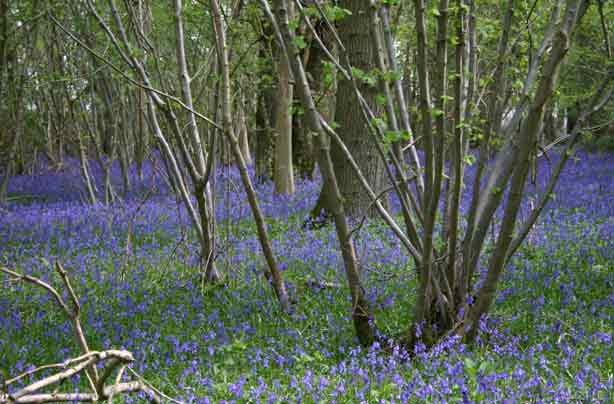
Where: The largest area of ancient woodland in Norfolk, Foxley Wood is 25 kilometres from Norwich with over 250 species of flora and easy walking trails
What’s there: In the spring, you’ll see all sorts of flowers from bluebells to lily of the valley, but also tawny owls, sparrowhawks and woodpeckers. Take a kids’ birdbook so they can try to identify them. In the summer, look out for the common Pipistrelle bat and the lovely White Admiral butterfly. In the winter months, there’s a good chance of spotting badgers too. The longest trail takes an hour so it’s ideal for families as you don’t have to walk for a long time. No dogs allowed, though.
Open: The reserve is open from 10am-5pm (except Thursdays) all year.
More info:
Norfolk Wildlife Trust - Foxley Wood
Wild red deer, Richmond Park London
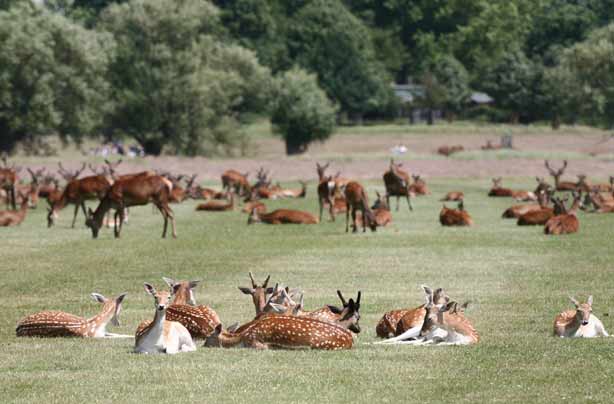
Where: Even this close to the capital, you can see wildlife in southwest London's vast Richmond Park. A designated Site of Special Scientific Interest and a National Nature Reserve, it was originally a deer-hunting park.
What’s there: With 300 red deer and 350 fallow deer, it is relatively easy to spot these wonderful creatures. They are wild animals so always keep your distance (especially if you have a dog!). If you’re in the park during autumn, the deer breeding season means you may see the red stags and fallow bucks competing for females with plenty of roaring and antler-fighting. Baby deer are born in June, but they're much harder to spot as mothers hide them in the long grass.
Open: The park opens from 7am in the summer and 7.30am in the winter, and closes at dusk. You can find exact closing times on the website.
More info:
Where to next?Best UK shopping outlets
Free museums in the UK
Budget theme parks in the UK
Trusted, informative, and empathetic – GoodToKnow is the ultimate online destination for parents. At GoodtoKnow, our mission is 'simple': we're trying to make sense of parenthood. On the site, you'll find everything you need for a happy, healthy family life. Our huge archive of content includes more than 18,000 articles and 1,500 how-to videos. These include expert-backed advice features on parenting, dealing with relationship changes after having a baby, self-care for mums and managing your family finances. We also feature tried-and-tested product reviews and buying recommendations for every stage of family life - from prams and Moses baskets to birthday gifts and top toys.